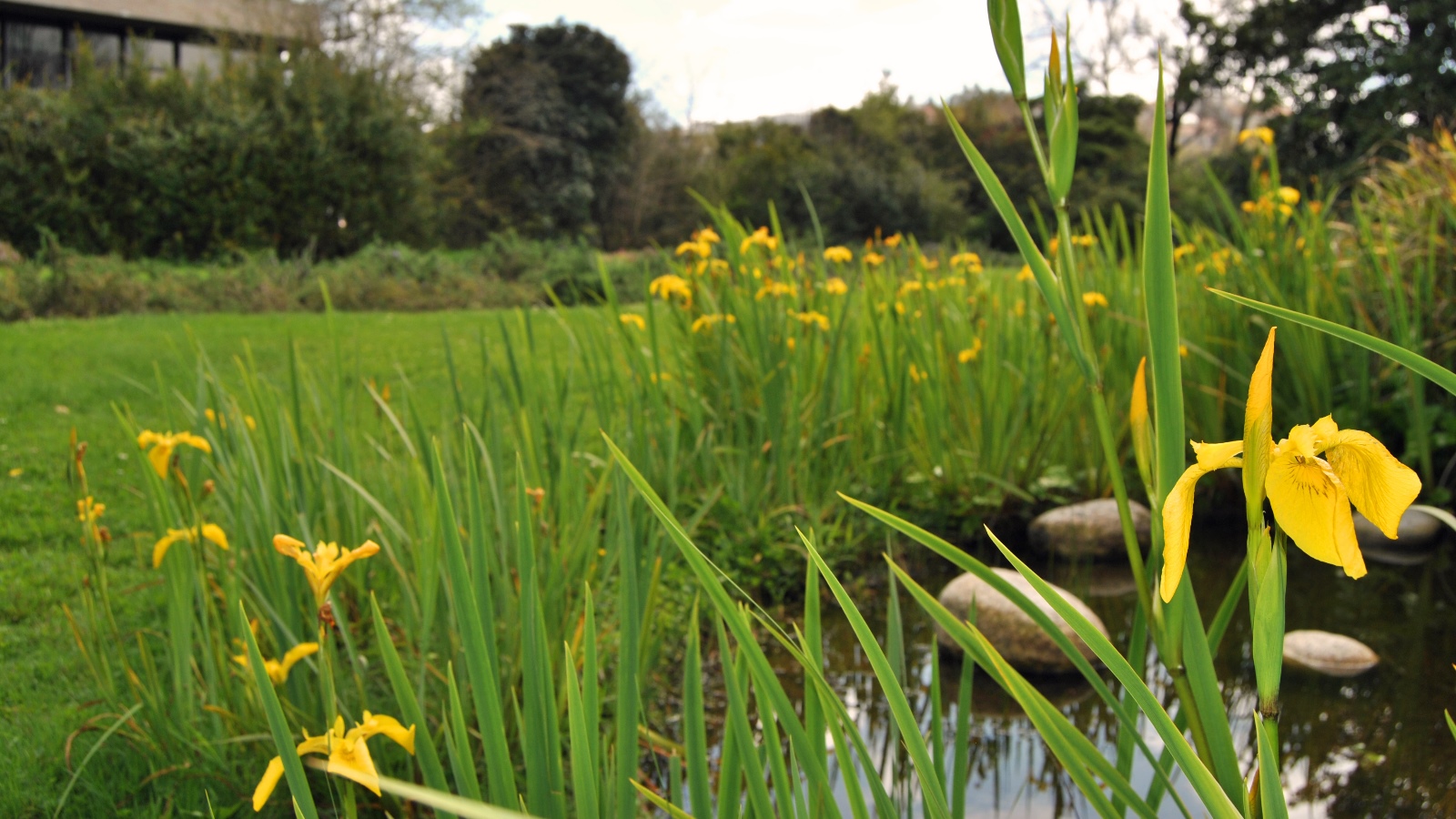How to attract dragonflies and amphibians to your green area
Gardens for wildlife
Ponds are important for many animals and plants, even when they’re located in green areas right in the middle of large cities, notes José Teixeira (researcher at CIIMAR – the Interdisciplinary Centre of Marine and Environmental Research at the University of Porto), who led a guided tour around the Gulbenkian Garden on 5 June. According to the researcher, the aim of this tour was to “raise awareness” of the importance of these aquatic ecosystems and the biodiversity that depends on them – namely amphibians and dragonflies, “which we can often spot close to where we live”.
“Both amphibians and dragonflies need ponds in order to reproduce” especially “bodies of good quality still water”. As for the larvae of dragonflies and damselflies – insects that belong to the order Odonata – they remain in the water until they reach adult stage. This is also the case for frogs, toads and other amphibians, such as the Perez’s frog.
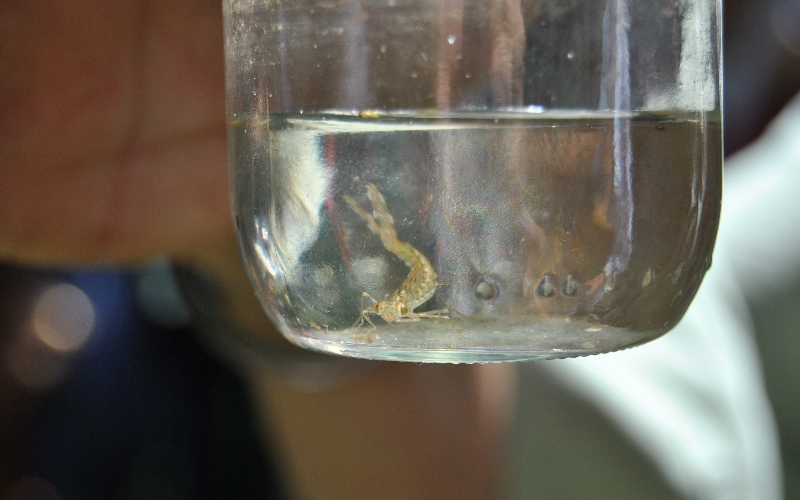

These animals are important for the proper functioning of ecosystems. Dragonflies are adult mosquitos and larvae predators, exemplifies José Teixeira. In turn, dragonflies themselves serve as food for amphibians, especially for the group of small green frogs that live in the vegetation next to ponds, lakes and other wetlands. Herons, birds that can be spotted both in the middle of the countryside and in green urban areas, also feed on amphibians, as well as fish.
So what species can we spot at a pond located in a city centre? In terms of the amphibians, it is most likely to be “the Perez’s frog (Pelophylax perezi) and some newts”, describes the researcher. As for the order Odonata, which includes dragonflies and damselflies, it is well known, for example, that a Willow Emerald damselfly (Chalcolestes viridis) breeds near one of the small ponds in the Gulbenkian Garden. Here, and in other urban gardens, Lesser Emperor (Anax parthenope), Blue Emperor (Anax imperator) and Scarlet (Crocothemis erythraea) dragonflies, among other species, can be observed.
However, if there are fish in a pond or lake, this will limit the presence of these other animals, warns José Teixeira, who is also linked to the Ponds with Life project.
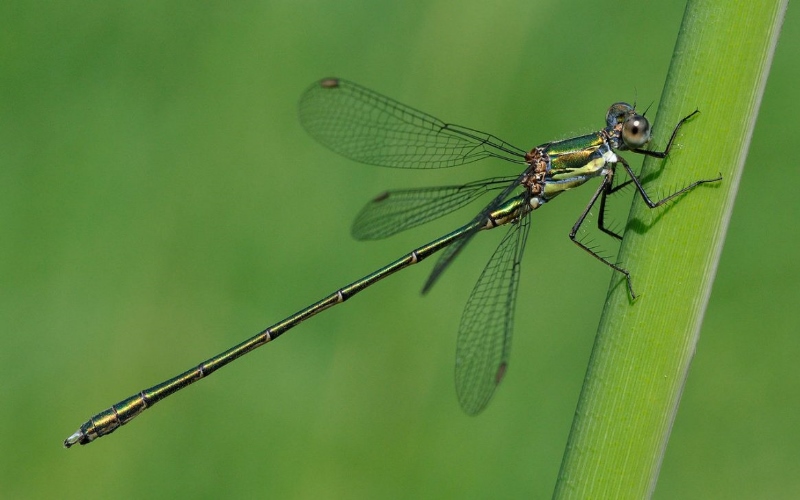
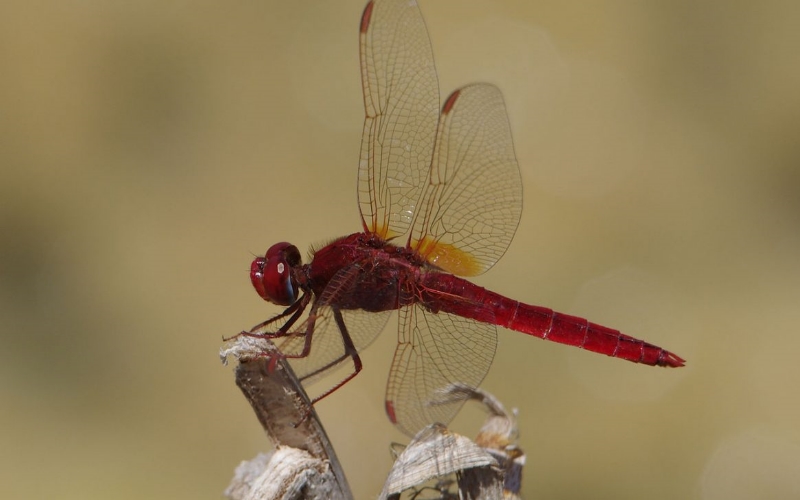
How to make a pond
First of all, to make a pond, you’ll need to dig a hole of at least two or three square meters, although “it can be smaller”, says the specialist. If the area available is less than this, don’t give up: “I’ve seen 1 square metre ponds that do allow for some diversity”, he adds.
The area of the future pond must be covered with a waterproof tarpaulin and it’s important to place old carpets or blankets under it, “to protect the tarpaulin and prevent it from being torn”.
Once the pond has been made and filled with water, it’s important to plant suitable vegetation around it, for example, the Yellow lily (Iris pseudacorus), the so-called Mad-Dog weed (Alisma plantago-aquatica), Pond weed (Potamogeton natans) as well as two species of water lilies native to Portugal (Nuphar lutea subsp. luteum and Nymphaea alba). On the other hand – warns José Ferreira – “never plant Parrot’s Feather (Myriophyllumaquaticum) or Common Water Hyacinth (Eichhornia crassipes)”, as these two invasive species have created serious problems in Portugal.
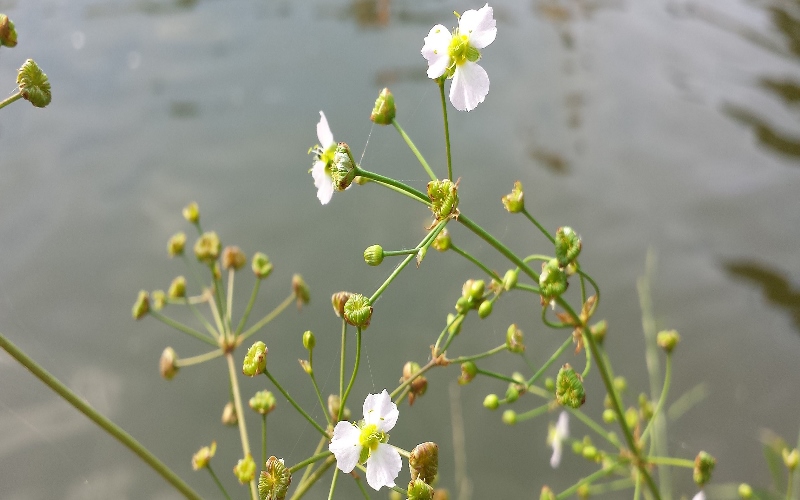
After that, you just have to be patient. The tiny organisms that make up phytoplankton and zooplankton, which “you can only see with a magnifying glass”, will be some of the first to occupy the new habitat, as well as aquatic beetles and pied avocet, among others. “Many of these invertebrates have wings so they get there on their own.”
Mosquitoes and their larvae will also quickly make their presence felt and it is important to control them, which is what dragonflies and damselflies do when they reach a pond. “They will find the pond on their own, as long as the pond provides the right conditions, including, no sources of contamination (such as pesticides and herbicides), presence of aquatic vegetation and food for the dragonflies”, which will be the mosquitoes themselves, emphasizes José Teixeira.
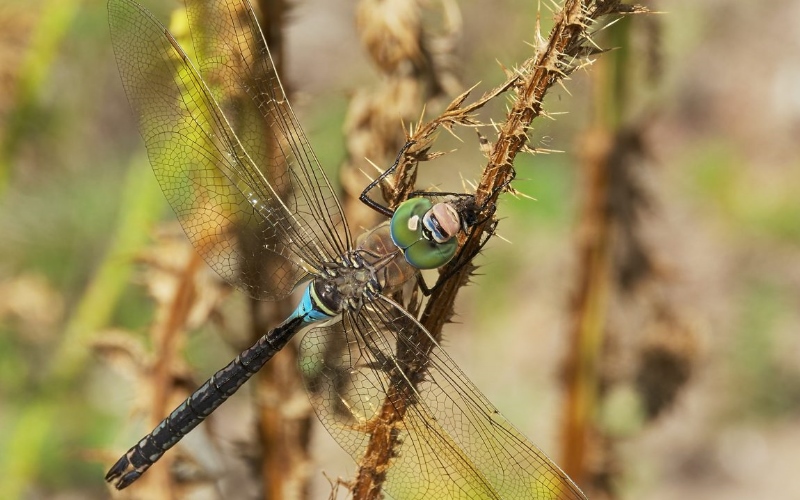

As for amphibians, it is more difficult for them to reach these ponds and lakes, due to obstacles in urban areas. Authorization from the Institute for the Conservation of Nature and Forests is required in order to be able to translocate wild animal populations. However, as they are “populations from nearby areas, that are known to have already existed there”, the biologist believes that there shouldn’t be any problems with their translocation.
Of utmost importance is to never release invasive species such as some exotic fish and tortoises, “a good example of what you should never do”. The Louisiana Red Swamp crayfish, another aquatic invasive species found in Portugal, could become a problem if it reaches a pond on its own. The best thing to do is keep a lookout for these species, “eliminating those you find”, warns the CIIMAR researcher.
If the worse comes to the worse and as a last resort, the pond may have to be emptied, to eliminate the crayfish, and the work will need to start all over again, always keeping an eye on the future. The result, as we all well know, will be the creation of a good home for dragonflies, amphibians and many other animals and plants, rewarding us with increased biodiversity and a splendid chorus of frogs.
Gardens for wildlife
Throughout the year, the Gulbenkian Garden is promoting a series of visits focused on how to make our gardens, parks and land, both inside and outside cities, more welcoming for wildlife – fundamental for life on Earth! Wilder magazine follows these visits and publishes articles on each of the different topis covered in partnership with the Gulbenkian Foundation.
